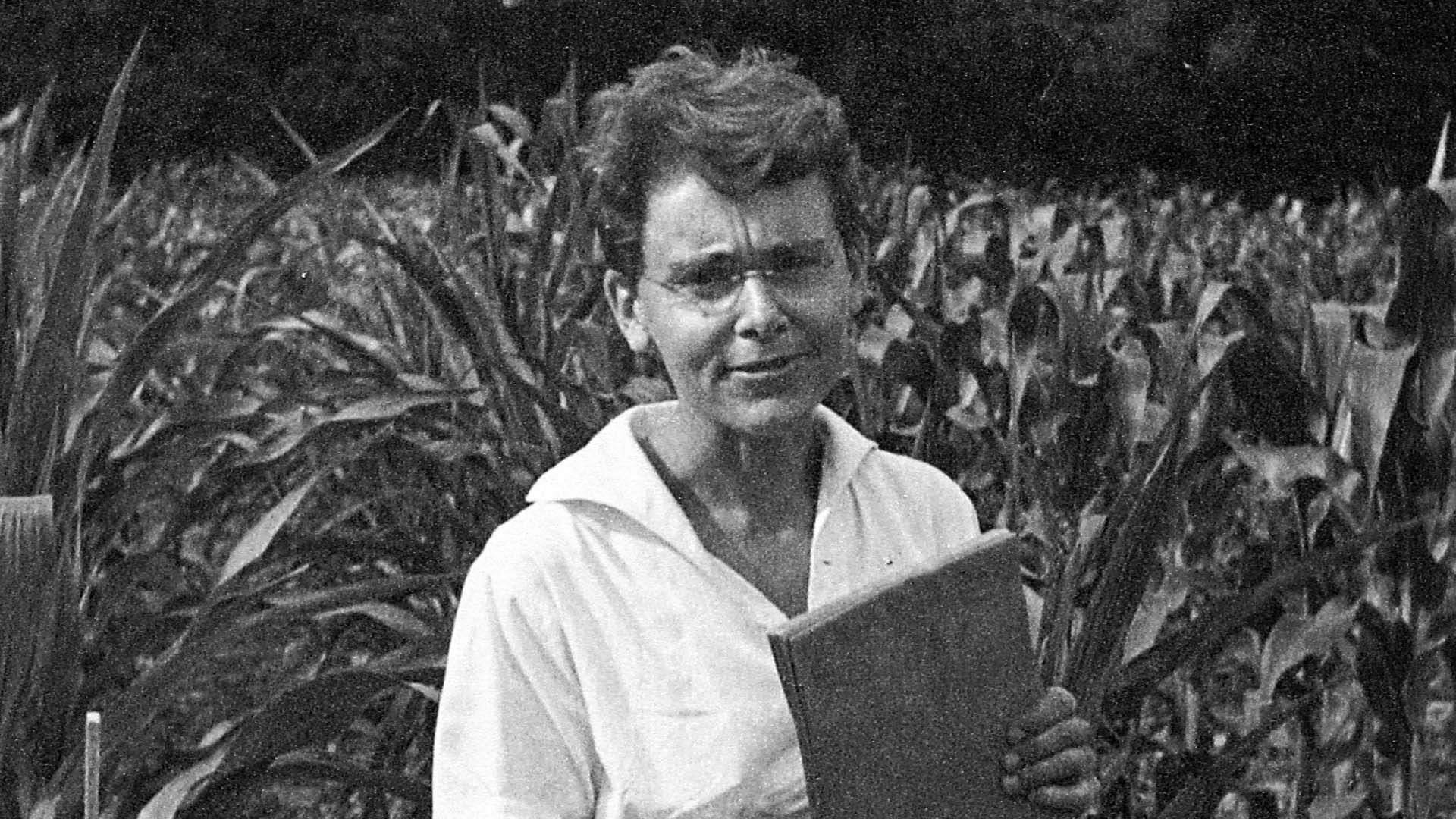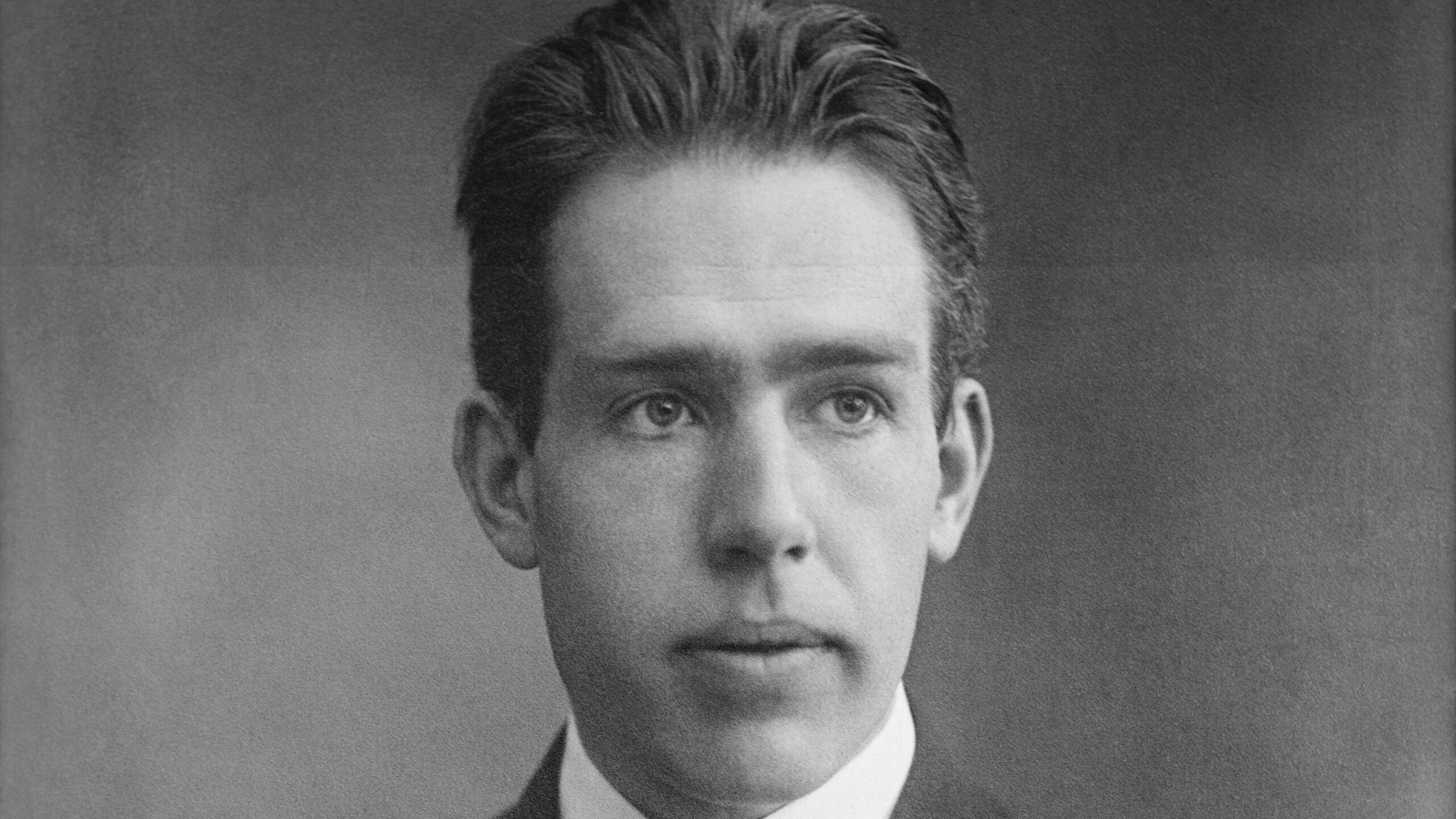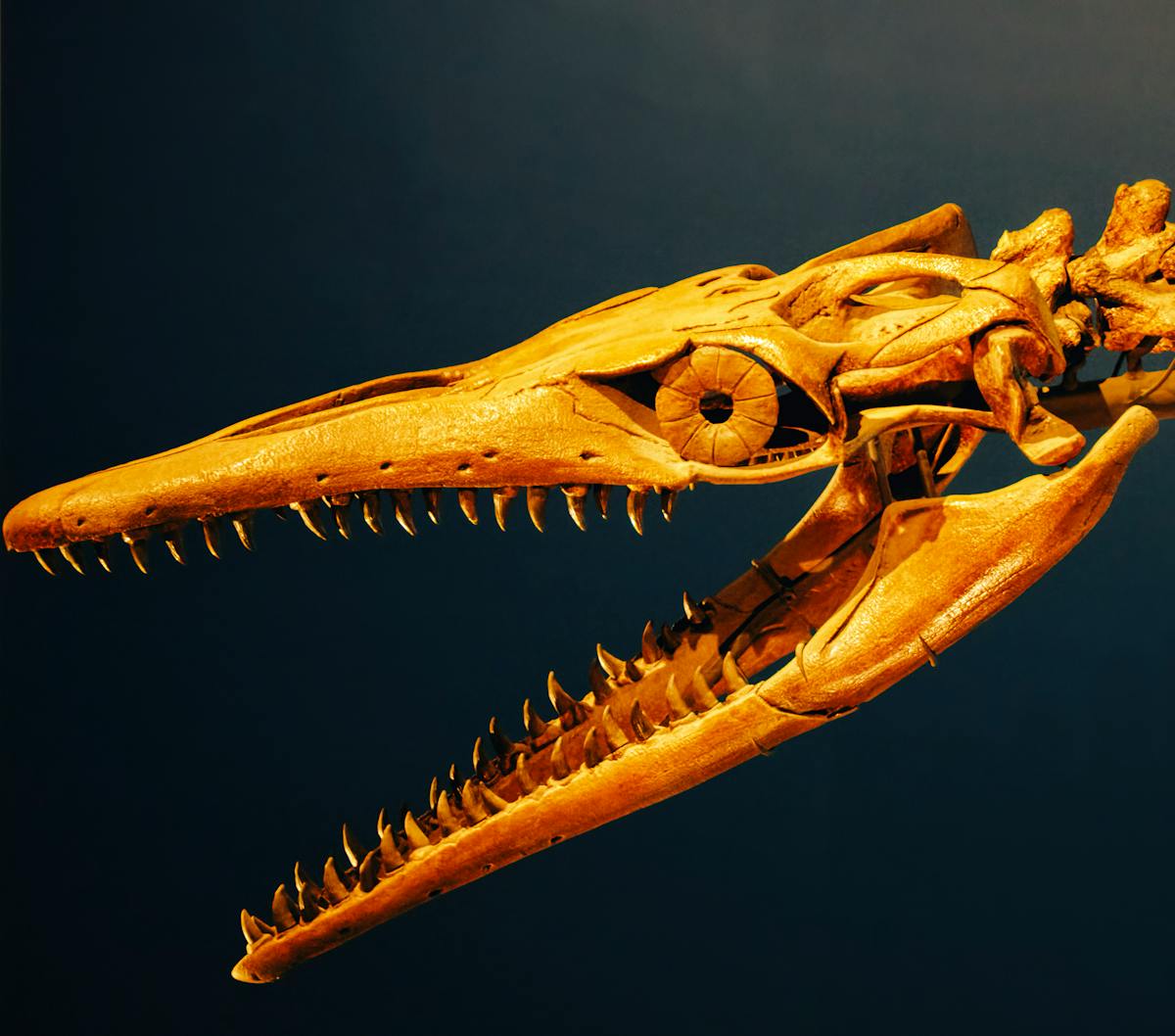Galileo Galilei, a key personality during the Scientific Revolution, is frequently recognized as the “progenitor of contemporary science.” Alive from 1564 to 1642, his contributions significantly altered our comprehension of the natural sphere, the universe, and the methodology of scientific investigation. His achievements extended across fields like physics, astronomy, mathematics, and engineering; however, these innovations also incited strong opposition from established authorities, resulting in his persecution by the Roman Catholic Church. To grasp both his findings and the causes of his troubles, it is crucial to explore the context, importance, and challenging consequences of his work.
Revolutionary Discoveries in Astronomy and Physics
Galileo’s most celebrated accomplishments center around astronomy and the scientific method. A primary area of impact was his improvement and use of the telescope, a recent Dutch invention. In 1609, he crafted one of the most powerful telescopes of his era, reaching magnifications around 20×. This tool enabled him to observe the heavens with unprecedented clarity, leading to a cascade of discoveries:
1. The Satellites of JupiterIn January 1610, Galileo discovered four celestial bodies circling Jupiter—Io, Europa, Ganymede, and Callisto—now recognized as the Galilean moons. Observing these bodies delivered tangible proof that not all heavenly objects revolve around Earth. This directly questioned the geocentric theories prevalent in Europe, especially the enduring Ptolemaic model, which positioned Earth at the center of the universe.
2. Phases of VenusGalileo observed that Venus undergoes a full set of phases similar to the Moon. The Ptolemaic model could not account for these phases. Instead, they corroborated the heliocentric model proposed by Nicolaus Copernicus, which posited that planets, including Earth, orbit the Sun.
3. Surface of the Moon and SunspotsRather than smooth and perfect as Aristotle and scholastic traditions asserted, Galileo saw that the Moon was marked by mountains and craters. He also documented sunspots—dark regions on the Sun’s surface that changed over time. Both findings undermined the prevailing notion of celestial perfection and immutability.
4. Innumerable Stars within the Milky Way Galileo, using his telescope, observed that the Milky Way consisted of thousands of stars, significantly expanding the perceived size and intricacy of the universe.
5. Law of Falling Bodies and Projectile MotionIn physics, Galileo challenged the concepts of Aristotle by performing experiments (supposedly at the Leaning Tower of Pisa) demonstrating that objects descend at the same speed irrespective of their mass, ignoring air resistance. He additionally explained the principle of inertia and improved the comprehension of projectile motion, paving the way for Newtonian physics.
The Disruptive Impact of Galileo’s Findings
Galileo’s findings did more than just question scholarly concepts; they disrupted a perspective that was firmly rooted in religious, philosophical, and cultural establishments. The Ptolemaic (Earth-centered) model was not merely a scientific structure—it was intertwined with theological beliefs and medieval scholastic thought, heavily influenced by Aristotle.
His observations, publicized in accessible works such as Siderius Nuncius (“Starry Messenger”) and Dialogue Concerning the Two Chief World Systems, excited curiosity but also sparked controversy. The heliocentric model, if accepted, implied that Earth was not the universe’s focal point—a notion that ran counter to scriptural interpretations and long-held beliefs about humanity’s place in creation.
Reasons for Galileo’s Persecution
Multiple intertwined elements contributed to the Roman Catholic Church’s persecution of Galileo.
1. Clash with Cosmological Views in ScriptureChurch leaders insisted that the Bible clearly endorsed a motionless Earth at the core of the universe. Galileo’s advocacy for heliocentrism seemed to challenge scriptures such as Joshua 10:13 (“the sun stopped”), resulting in charges of heresy. Opponents within the Church contended that scientific findings could not supersede scriptural realities.
2. The Counter-Reformation ClimateThe early seventeenth century marked the height of the Counter-Reformation, where the Roman Catholic Church was vigilant about preserving doctrinal unity in response to Protestant challenges. Copernican theories, and by extension Galileo’s advocacy, were viewed as potential threats to ecclesiastical authority and social order.
3. Personal and Institutional ConflictsGalileo was an articulate and at times confrontational debater, often embarrassing his academic and religious adversaries in public debates. His book Dialogue Concerning the Two Chief World Systems (1632) depicted advocates of geocentrism as naive, assigning even the easiest arguments to a character similar to Pope Urban VIII. This insult angered influential individuals who might have defended him otherwise.
4. Official Condemnation and RecantationIn 1616, the Church formally labelled heliocentrism “formally heretical.” Although Galileo initially promised not to advocate Copernican ideas, he continued his research and published works that implicitly supported them. The Inquisition summoned him in 1633, and under threat of torture, Galileo recanted his views and was sentenced to house arrest for the rest of his life. His works were banned, stifling scientific communication across Europe.
Galileo’s life became a turning point in the conflict between scientific inquiry and religious power. The verdict against him notably stifled the open debate about heliocentrism within Catholic Europe for many years. Nevertheless, his approach—which stressed direct observation, experimentation, and rational analysis—gained wide acceptance. Scientists who followed, such as Isaac Newton, heavily relied on Galileo’s contributions.
Legacy for the science of today
Centuries afterwards, the Church re-examined the Galileo incident. In 1758, the restriction on books about the heliocentric theory was removed. Particularly significant is the official recognition by Pope John Paul II in 1992 that the Church had made a mistake in its treatment of Galileo’s situation.
Galileo Galilei’s discoveries did more than advance knowledge; they illuminated the profound challenge inherent in questioning established paradigms. His persecution illustrates not simply a historical clash between science and religion, but the complexities that arise when revolutionary ideas confront entrenched authority and worldview. The echo of his struggles can be traced through modern debates over scientific thought and freedom of inquiry, highlighting the nuanced interplay between discovery, culture, and power.




